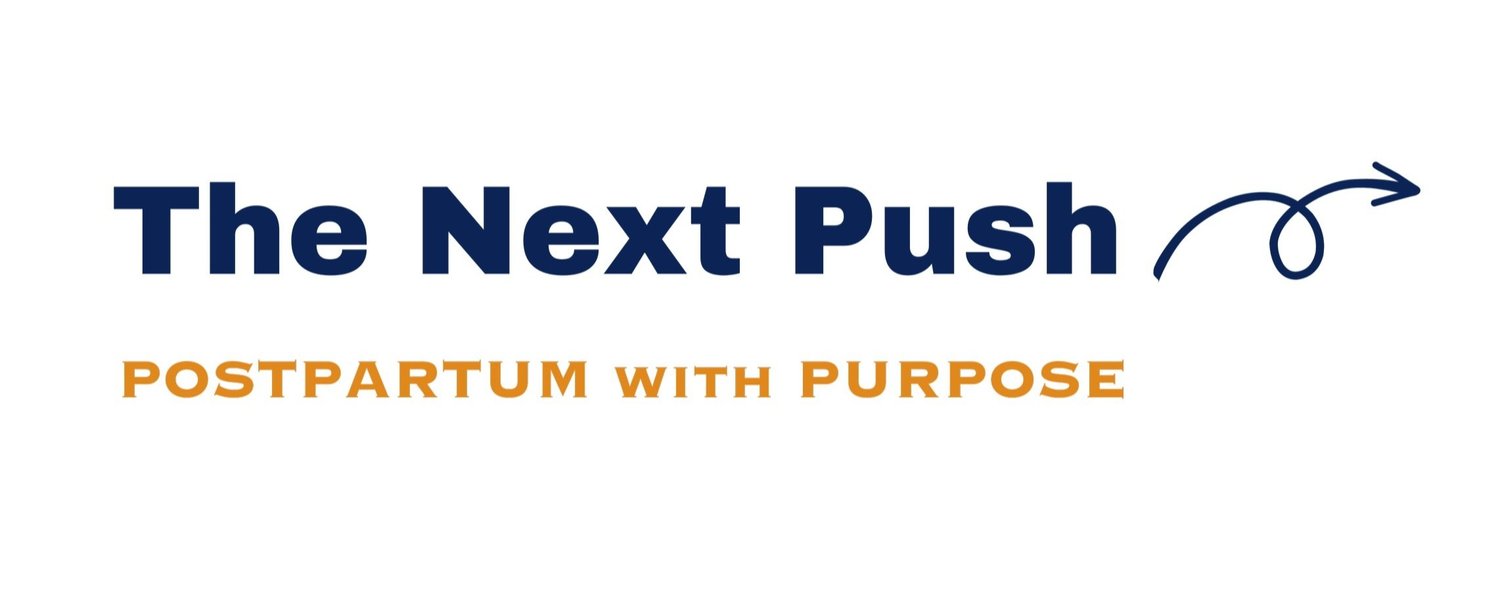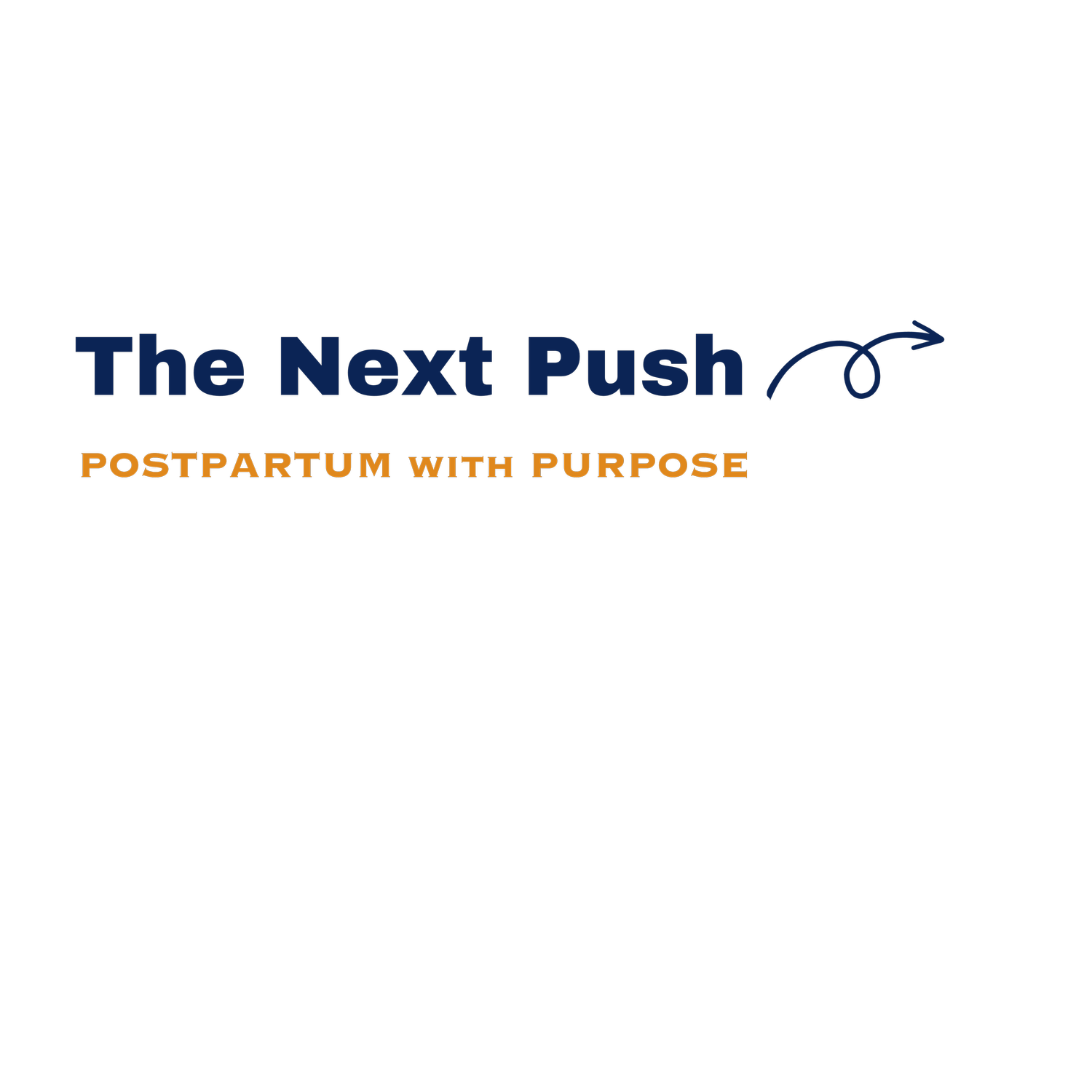FAQs
What’s the difference between FMLA, Short Term Disability leave and Paid Parental Leave as it relates to having a baby?
PUT SIMPLY:
Family and Medical Leave Act (FMLA) — protects your job so you cannot get fired on leave.
Short term disability insurance (STD) — provides a percentage of your income to reduce the financial burden of leave.
State Paid Family & Medical Leave (sometimes called PFML) — may also provide additional income if you qualify (17 states currently have this).
Employer maternity/paternity leave — may allow you a period of paid leave to care for yourself and child.
While the birth of a child is a qualifying event in all of the above, your individual eligibility (and the benefit itself) will be based on a number of other factors.
A Quick Guide to FMLA, STD, and PFML
Family and Medical Leave Act (FMLA)
A federal law that provides eligible employees up to 12 weeks of unpaid leave a year and requires your healthcare benefits to stay the same as if you were working and also protects your job during this time (you can’t be fired for going on leave).
FMLA applies to all public sector employers and certain types of private employers (over 50 employees in 75-mile radius). Generally, you’ll need to have been at your job for at least a year and worked over 1,250 hours in the past year to qualify.
A few notes on FMLA:
FMLA leave is unpaid, but you may be able to use sick leave, vacation time, or other benefits during those 12 weeks to continue being compensated. Your HR rep will give you information on your options.
FMLA applies to those with a newborn child or a newly placed adopted or foster child, and must be taken within a year of birth or placement. It applies to both mothers and fathers.
Bottom line: FMLA protects your job but not your income.
Short Term Disability Insurance (STD)
STD provides partial income replacement to those with a qualifying medical conditions (which includes giving birth) that keep them from working. STD pays a percentage of your salary (up to a point) on a weekly basis. Specifics such as how long you’ll receive benefits for, and how much you’ll receive depend on the state you live on, and the company you work for (as well as individual circumstances).
A few notes on STD:
These benefits are determined by your state, but in many cases, there is an “elimination period,” which is a period of time between the day you first experience “injury” (such as giving birth), and the time you’ll start receiving benefits.
The cap of the amount of weekly benefit you can receive, and the duration of time you’ll receive STD payments depends on your provider, but generally, STD may cover 50-70% of your income for 6-8 weeks, depending on your type of labor and other medical conditions.
State Paid Family and Medical Leave (PFML)
Your state may provide its own paid leave program. Details as to the program name, amount of benefit, duration, and eligibility requirements depend on your state.
A few notes on state paid family leave:
AR, CA, CT, DC, HI, MA, NJ, NH, NY, OR, RI, VT, VA, and WA all have some form of paid family leave programs (And CO, DE, MD, MN, and OR have enacted laws not yet in effect). As more states pass PFML laws, look up “paid family and medical leave” on your state government website to see if you are eligible.
Employer Offered Paid Maternity/Paternity Leave
Your employer may independently offer paid maternity or paternity leave (like vacation or sick days), even if your state does not provide any guaranteed paid family leave. This will also depend on your company. Check with your HR department and/or company handbook to learn what benefits your employer offers.
A few notes on employer-paid maternity and paternity leave:
Your employer may offer these benefits but require you to apply your state’s paid parental leave and short term disability insurance as well. In these cases, they may offer a reconciliation plan to ensure that, the sum of your benefits adds up to your full salary throughout your leave.
You can find more resources here:
Overview of FMLA: https://www.dol.gov/agencies/whd/fmla
Summary of State Paid Family Leave Laws: https://bipartisanpolicy.org/explainer/state-paid-family-leave-laws-across-the-u-s/
How do I know what benefits I’m eligible for?
Start with your HR department if you have one. They will usually explain what you’re eligible for once you tell your workplace that you are expecting to take family leave. However, if you’re thinking about getting pregnant, or haven’t told your workplace yet, a few good places to start include (1) Your company’s handbook (look up parental leave, or maternity/paternity leave benefits), (2) Your state government’s website, and (3) your short-term disability insurance policy if you have one.

